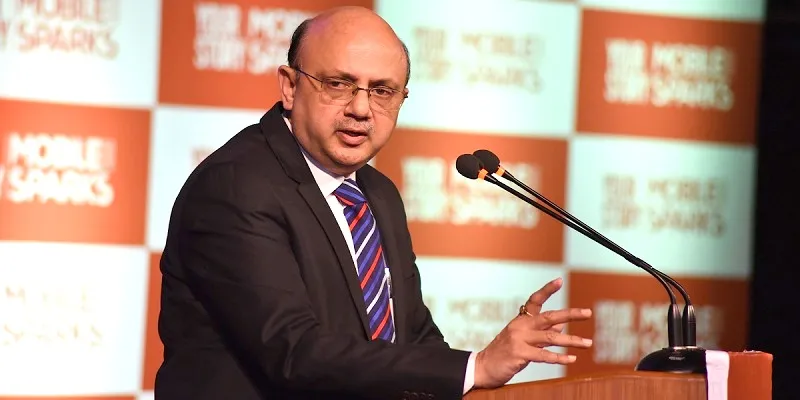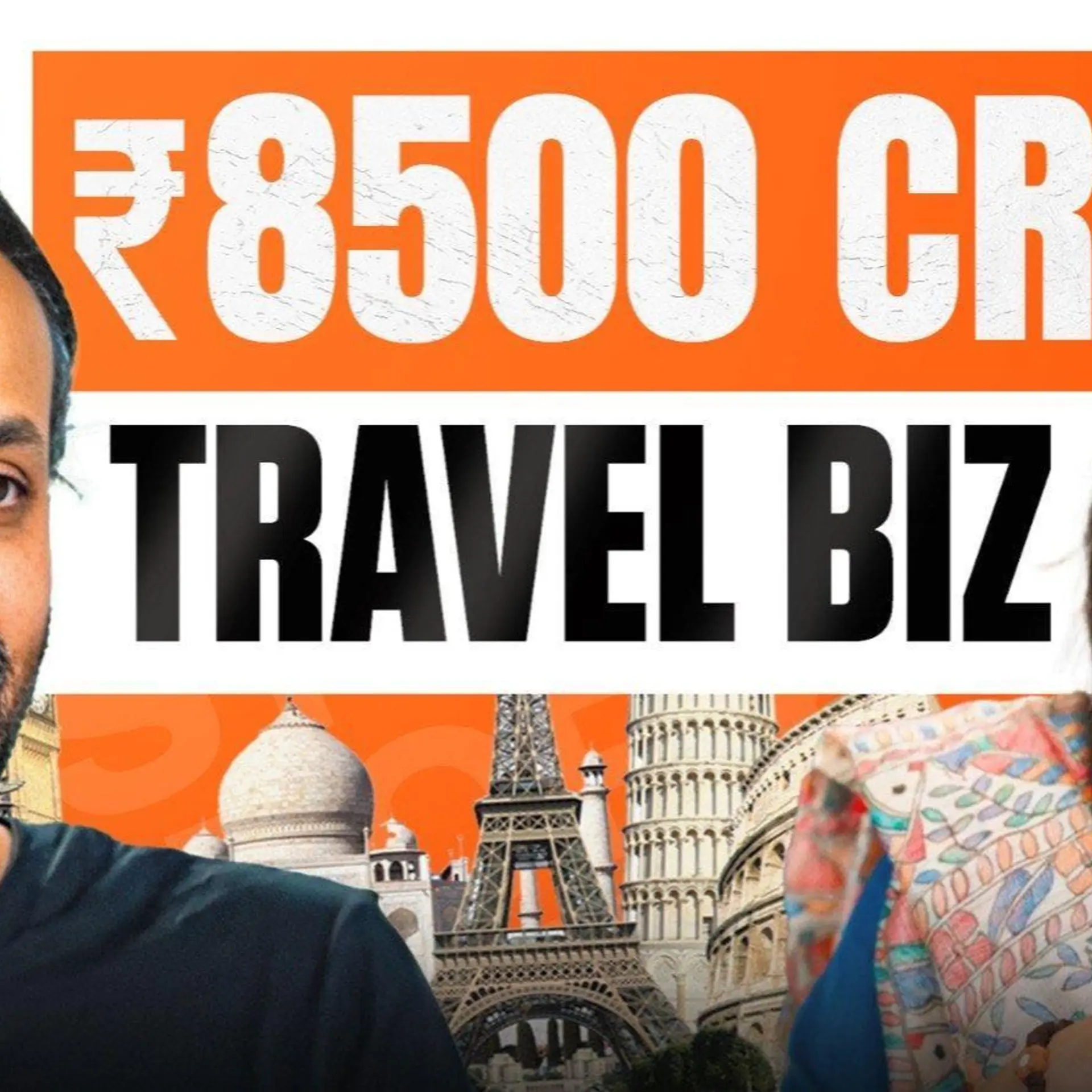Govt will provide infrastructure but it's startups who will build for masses - Rajiv Bansal
If you thought that the government and bureaucrats do not engage in healthy debates with citizens, you certainly missed the keynote address by Rajiv Bansal, Joint Secretary, Department of Electronics and Information Technology, at the fifth edition of MobileSparks in Delhi today. Bansal, in his 30-minute session, shared the vision of Digital India with a room full of entrepreneurs and key stakeholders of the Indian mobile ecosystem. His address clearly conveyed his belief that the digital citizen of India, and in fact, everyone from the Indian mobile ecosystem, has a great future.

Here are some of the key takeaways from his session:
- India’s digital landscape is changing: With programmes like IndiaStack, Digital India, and Startup India, we are moving much beyond phrases and expressions. Some of the opportunities for entrepreneurs in the mobile space could be in manufacturing, fintech, mobile app development, and the AADHAR-enabled space.
- An India with 1,000 million phones: Of the one billion mobile phones in India, 30 percent are smartphones. In next 3-4 years, Smartphone sales will beat those of feature phones, reversing the trend to make the ratio of smartphones to feature phones 70:30.
- Make in India, make for the world: We are manufacturing/assembling 150 million smartphones every year, of which many are sold in the Middle East and Africa. In three years, we’ll have 500 million smartphones manufactured, which will increase smartphone (and internet) penetration not just in India but in other countries as well.
- Mobile is the (and only) device of the future: From desktops to laptops and tabs to mobiles, everything is reducing in size and increasing in power, speed, and capacity. With this trend, the only device which will continue is the mobile phone.
- Internet penetration: In the country of 1,250 million, 450 million Indians have access to internet today. Though the number is still quite small, the good news is that we are adding 100 million connections every year and this will continue for the next three to four years. We grew from 100 million to 1,000 million phone users in the last decade and this decade will see internet connections across the country increase in a similar way.
- Bharat Net: The Government of India is laying optic fiber to connect 2,50,000 of the total 6,60,000 villages under the Bharat Net programme by December 2018. This is a huge opportunity for entrepreneurs to build apps and services for millions of new internet users.
- Penetration of Indic languages: The majority of India doesn’t speak English. For new internet users (and the existing ones), especially those based in rural areas, the conversation and new applications (and services) have to made available in local (Indic) languages. While most countries in the world have only six or seven language speakers, we speak in 22 major languages (and many dialects). The challenge we have in India is greater than that which the world is confronted with. With effect from next year ( July 1, 2017), all phones manufactured and sold in India will support input of text in three languages (English, Hindi, and one local language) and readability in 22 languages.
- The revolution called AADHAR: 107 crore Indians — 98–99 percent of the target population — now have the AADHAR ID. In the next two to three years, India will have 700 to 800 million internet users, of which 500 million will have smartphones. Coupled with the power of AADHAR, the sky is the limit for innovators and problem solvers.
- Unified Payment Interface: The banking system has evolved from the introduction of money lenders to post banks to ATMs to credit cards to net banking and finally, mobile banking. With UPI, we are combining all these steps in one as we are giving those who don’t even have a bank account the power to transact on mobile.
Bansal shared key future technology areas with massive potential:
- Digital locker
- IOT: With thousands of sensors, healthcare, education, and many other key sectors are ready to be disrupted with IoT.
- Digital literacy: 20-hour contact programme aimed at making citizens of the country digitally literate. This includes basic training of using smartphones, searching content, and basic navigation, all imparted in local languages.
Bansal concluded with a request to everyone,
Don’t start with negative presumptions — the government is more concerned about the security of our data and privacy than the average citizen is.
A big shoutout to all our sponsors – Sequoia Capital India Advisors , VMAX, Shopclues, MapMyIndia.







